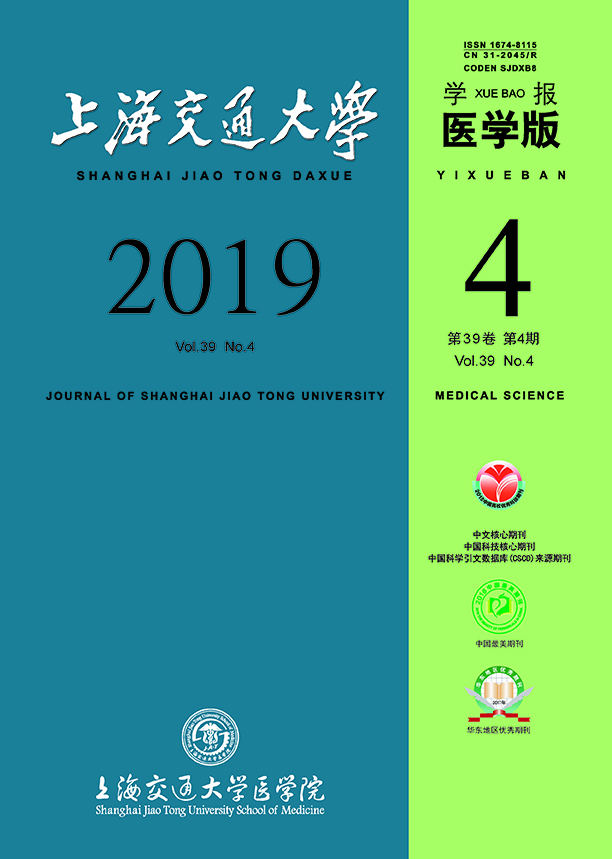|
|
Exposure status of multiple environmental pollutants during pregnancy: based on biomonitoring data Laizhou Wan Birth Cohort in Shandong
QIN Kai-li1*, LIU An-ming2*, YUAN Chong-gang3, SHI Rong1, YAO Qian1, CAI Chen4, ZHOU Yi-jun1, TIAN Ying1, 5, ZHANG Yan1, GAO Yu1
2019, 39 (4):
421.
doi: 10.3969/j.issn.1674-8115.2019.04.017
Objective · To evaluate the levels of environmental pollutants including lead, mercury, organophosphorus pesticides (OPs), perfluoroalkyl and polyfluoroalkyl substances (PFASs) and triclosan (TCS) and further analyze the correlation between these pollutants in pregnant women. Methods · Pregnant women were recruited the Laizhou Wan Birth Cohort (LWBC) in Shandong September 2010 to December 2013. A total of 149 pregnant women were finally enrolled who completed questionnaires and provided sufficient biological samples for pollutants measurement including blood lead, blood mercury, urinary metabolites of OPs[dimethylphosphate (DMP), dimethylthiophosphate (DMTP), diethylphosphate (DEP), diethylthiophosphate (DETP), etc.], serum perfluorooctanoic acid (PFOA) and perfluorooctane sulfonate (PFOS), as well as urinary TCS. Spearman correlation analysis and cosine cluster analysis were used to explore the correlation between pollutants. Results · The detection rates of lead, DMP, PFOA and PFOS were all 100.0%. And the detection rates of mercury, DMTP, DEP, DETP and TCS were 89.3%, 81.2%, 97.3%, 96.6% and 59.1%, respectively. The median and range of concentrations for lead, mercury, PFOA, PFOS and TCS were 28.40 (11.30–65.70) μg/L, 0.85 (
Related Articles |
Metrics
|

